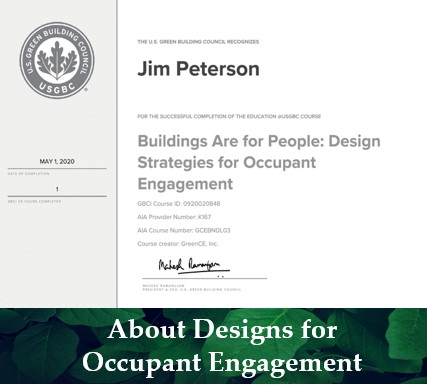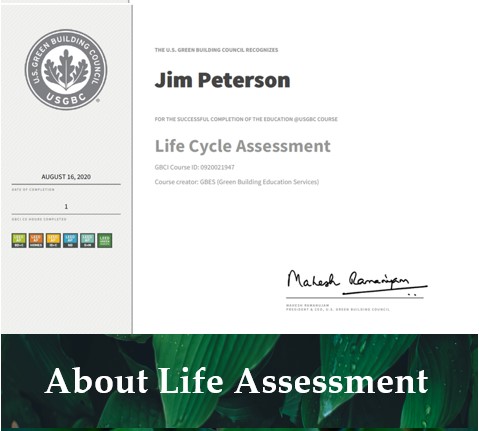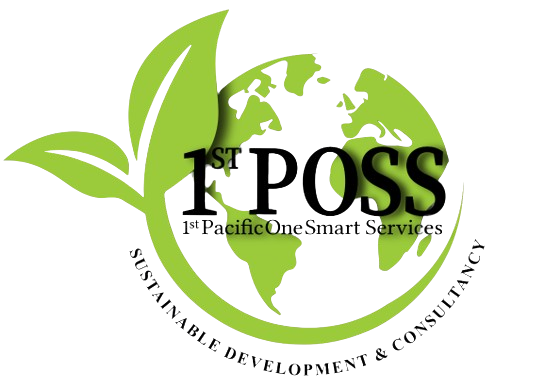

PROJECT DETAILS
Life Cycle Assessment is a tool that allows architects and other building professionals to understand the energy use and other environmental impacts associated with all life cycle phases of the building: raw material procurement, manufacturing, construction, operation and decommissioning.
This process or product has five major stages in the life cycle and they are, material acquisition, materials manufacture, production, use/maintenance and waste management. Proper implementation of Life Cycle Assessment practices is used for evaluating the environmental impacts of a product or process over a defined life cycle period using a set of principles and guidance that are common amongst products and processes.
We recognize that understanding lifetime impacts of Life Cycle assessments, at first can be difficult for most, however it is critical to achieving carbon neutral or net zero carbon construction targets and measure your own ’carbon footprint’! LIFE CYCLE ASSESSMENT looks at the BIG picture and the smaller details and takes the entire lifetime perspective into consideration
Life Cycle Assessment follows all the steps that lead from raw material through manufacture, distribution, eventual use and final disposal. Impacts on human health, impacts such as ozone depletion and calculating greenhouse gas emissions, and carbon footprints are all part of the Life Cycle Assessment.
More and more, the need to recognize and reduce whole life carbon (which are operational and embodied carbon emissions) found in construction, are becoming mandatory by regions and municipalities.
Solutions We Provide
Our ‘built’ environment is made up of infrastructure that consists primarily of a power grid, streets and roads for transportation, waterways for the water we consume for health and use for services, a waste management system, a network of energy supply for gas above and below ground, a number of communications systems, including internet, Wi-Fi, telephone, microwave, health and consumer, emergency services and all of the people that use these services. Together, it is central to how and what we do and combined, they help determine how we account for our sustainable development.
These systems represent our human-made or man-made environment, where our human activities take place. Our health, education, employment, fun and recreation are strongly impacted by our ‘built environment’, therefore it is up to us to improve the socioeconomic and environmental conditions for, not only our present generation but our future generations as well. Here at 1stPOSS we focus on ‘today’s’ environmental challenges and orientate our solutions toward environmentally sustainable services and resources. This will not only enable us to reduce consumption of both energy and material, included in the ‘life cycle’ of a building, but also focus on the economic impacts as well; for it to be affordable! We start from the beginning in the design process so that the proper materials are selected and continue through in the construction and the next phase of operation and maintenance.
